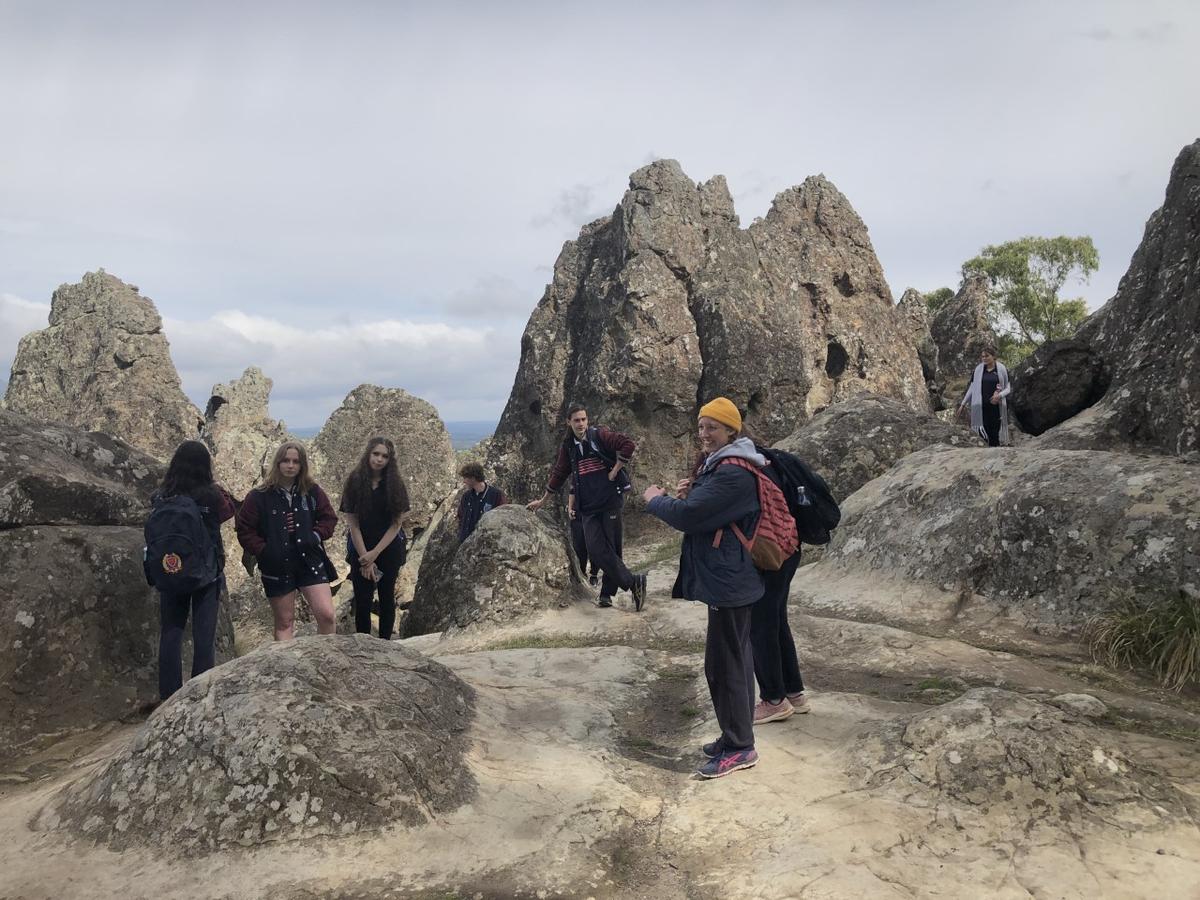A Picnic At Hanging Rock

The ominous nature of Hanging Rock has long been an object of apprehensive doubt and trepidation, extending back to the time when local aborigines reverently named the formation 'Mount Diogenes' throughout the approximate six million years of its existence. Only quite recently, however, has the rock become universally renowned for its uncanny ambience, as Joan Lindsay illustrated the location to be a site of potentially supernatural activity in her 1967 novel ‘Picnic at Hanging Rock’.
Lindsay’s work of historical fiction, set in 1900, encapsulates the story of three young girls who vanish in the shadows of Hanging Rock while enjoying a St Valentine’s Day picnic, two whom are ultimately never seen or heard from again and one who is discovered on the brink of death.
Upon investigating the mystery of this alleged narrative, our Year 12 VCE Literature class set out to Hanging Rock itself for our own picnic, at which we explored both the geological and paranormal wonders of the formation in its sublimity.
Many conceded that the mysterious presence supposedly felt by others in the crevices of the rock was indeed tangible and, in reflecting on Peter Weir’s 1975 film adaption of the text, could attribute the sinister feeling given by the visual narrative not only to Weir’s eerie soundtrack, but also to the innate malevolence of Hanging Rock alone.
As described by an elderly woman we met atop the rock, who was in fact a sister to one of Peter Weir’s assistant producers, “the environment [of Hanging Rock] is so extraordinary, it sparks imagination.” Collectively, I’d say we had to agree.
Sophie Darroch, Year 12


